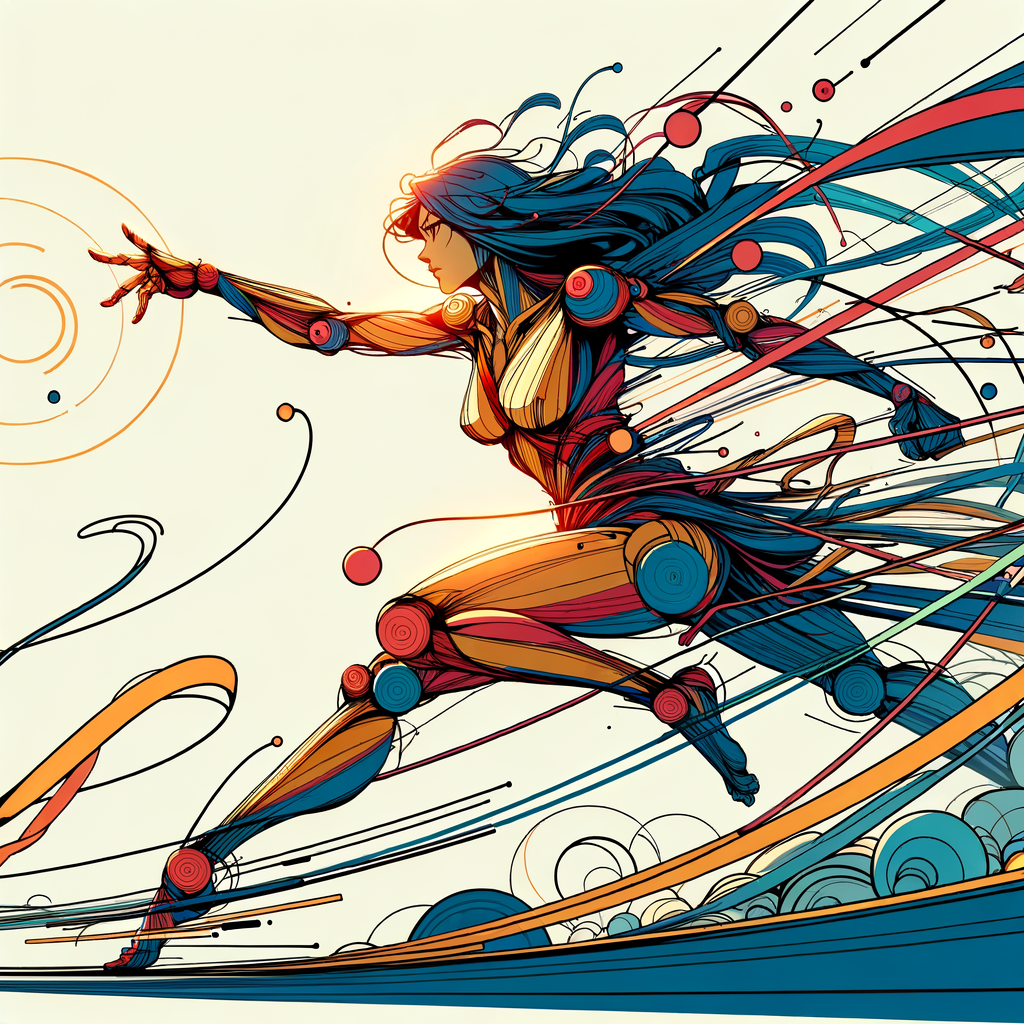
Creating dynamic characters in digital art is an essential skill for artists looking to bring their illustrations to life. Understanding anatomy and movement can significantly enhance the expressiveness and realism of your character designs. This article will dive into important concepts, practical techniques, and tips that will help you develop compelling characters that stand out in your portfolio. Whether you're a beginner just starting out or an experienced artist looking to refine your skills, this guide is designed to provide valuable insights into character creation.
When it comes to illustrating engaging characters, there are several key considerations that every artist needs to take into account. First and foremost, a solid understanding of anatomy is crucial. The human body has specific forms and proportions, and mastering these can help you depict characters that feel real and relatable.
Let's start with anatomy. Studying the skeletal structure and muscle groups allows you to create more believable poses. Here are some essential tips for grasping the fundamentals of anatomy:
- Study real-life references: Observing how bodies move in reality can provide invaluable insights. Consider using online resources, anatomy textbooks, or even life drawing classes.
- Break down the body into shapes: Simplifying complex forms into basic geometric shapes can make it easier to visualize and draw poses. Think of the head as a sphere, the torso as a box, and limbs as cylinders.
- Understand proportions: Familiarize yourself with the typical proportions of the human body. For example, an adult usually measures about 7.5 heads tall, though this can vary with stylization.
Once you've established a solid foundation in anatomy, the next step is mastering movement. When characters are in action, understanding how their bodies react is key to portraying dynamism. Here are practical techniques to convey movement:
- Use gesture drawing: Quick sketches focusing on the flow and movement of the body can help capture the essence of motion. Aim for fluid lines and exaggerate poses for dramatic effect.
- Implement motion lines: Adding lines that indicate movement can create a sense of speed and action. These lines often follow the direction of limbs and the overall posture of the character.
- Focus on balance and weight: Consider how your character's weight shifts during movement. A character jumping will lean forward, while a character landing will have their knees bent to absorb impact.
Another critical aspect of creating dynamic characters is the expression they convey. Facial expressions can significantly enhance your character's personality and emotional state. Here’s what to keep in mind:
- Study facial anatomy: Just as with the body, understanding the underlying anatomy of the face helps you draw more believable features. Learn about the skull, muscle placement, and how they influence expression.
- Practice conveying emotions: Experiment with exaggerating facial features for different emotions. A character can look joyful with raised eyebrows, or sad with a frown and drooping eyes.
- Utilize diverse references: Observe and practice drawing different facial expressions from photos or real life to expand your repertoire and improve your skills.
As we delve deeper into character creation, consider the context in which your characters exist. Are they in a fantasy world, a futuristic setting, or a mundane environment? The surrounding context can drastically influence the design and anatomy of your characters. Here's how you can incorporate the environment:
- Adapt clothing and gear: The environment might dictate what your character wears and how it fits their physique. A warrior in armor will have different proportions compared to a street artist in casual attire.
- Reflect culture and background: Character design can also reflect cultural influences. Research clothing styles and design elements to ensure authenticity.
- Create a narrative: The story behind your character can inspire their design decisions. Consider how their background influences their physical traits and movement style.
Once you’ve established solid character designs, it's essential to keep practicing and refining your skills. Create a series of sketches, experiment with different poses, and continually challenge yourself. The more you practice, the more natural these concepts will become.
In conclusion, creating dynamic characters that resonate with viewers is a blend of understanding anatomy, movement, emotional expression, and narrative context. By continually studying and practicing these elements, you can elevate your digital art and develop characters that are not only aesthetically pleasing but also full of life and personality.

